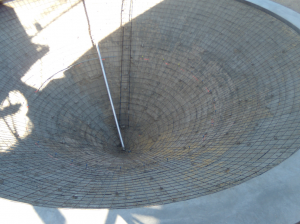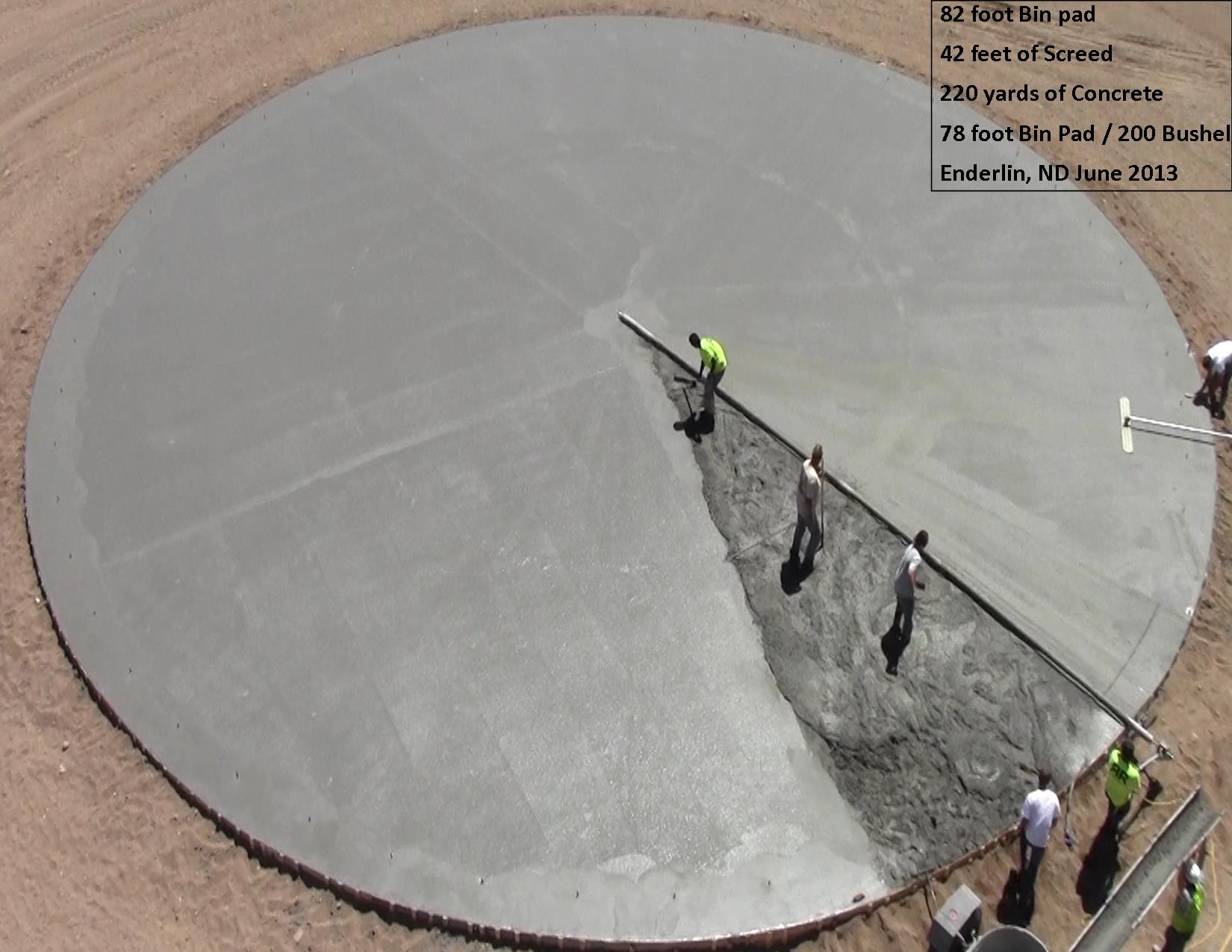Concrete work has come a long way from the old-fashioned straight lines of yester year. Today’s concrete can be curved, or circular should the need or desire strike. Be it home goods or furniture like countertops, tabletops, pots of various uses to sidewalks, paths, roads, and architecture. On larger scales you will find concrete used as a foundation for a building.
Forming any of these will depend on the project. For small home goods there may be a mold made that the concrete is poured into. For medium and large pours, you will need to use forms. As with pouring straight things, wood is a common form material. Wood stakes, 2x4s, 2x6s, and plywood are the most common forming material due to the low cost and versatility regardless of the pour. But they do have a limited life as the materials get used for multiple pours, and they are not the easiest things to curve. An alternative to this could be plastic forms for smaller jobs like paths, or metal forms.
.jpg)
Plastic forms, while arguably less durable, depending on the product materials can be very easy to bend to the desired fashion. They are easy to clean and if taken care of may be used multiple times for pours. These are however not going to be a solid enough material if you are pouring large amounts. Metal forms are the heaviest duty but cost consuming option for forms. Depending on the thickness of the metal it may be difficult to re-bend for future use as well. Each job will have unique needs, requirements, and challenges to consider.
Before setting anything up, you will need to consider how you wish to screed and finish the concrete. We recommend using a Lura roller screed with our center pin pivot (both are patented products). Our screed system was designed for most pours. One person can operate the motor/screed and depending on the size you could have as few as one person racking on a circular pour. This makes it easy for the small-town farmer or rancher to get the job done with minimal help or for large companies that pour concrete for a living. This is a normal benefit of using a roller screed system with an accommodating center pivot, while also allowing for things to be done in a fraction of the time when used correctly.
If you are making a path that curves you could use the cheap option of a 2x4, but to save your crew members from chiropractor visits again we suggest looking into a screed system. Our system makes it easy to set up and operate for even the weakest, or inexperienced of crew members to operate, allowing you to find help from just about any person.
When doing a circular pour with a roller screed you will need to find the center of the pour to insert the pivot into the ground. You will need to also consider the manufacturer’s instructions for the use of the machine in such a situation. There may be key things you need to do with the equipment, such as going in a particular direction. Once ready to pour you will need to lock the roller screed into the pivot to ensure it does not move or fall out while working on laying the concrete down.
The Lura screed for example has a specific, but simple way to use the system in such a pour. The Center Pin Pivot (patented) has revolutionized how contractors do circular pours. This simple invention allows the center to be adjusted to the desired height and removes the need for additional labor. Set up can be completed in 10 minutes.
A 30-inch-long pipe with a 3/4-inch diameter, is pounded into the center of the pour:
• The top of the pipe must be at least three inches below form height.
• The coil rod insert is then inserted into the pipe.
• Use the two coil nuts to adjust to the desired height.
• Then take the male end of the Lura screed tube and put it through the Center pin pivot.
• Lock it on with the UHMW nut.
It is important to move the screed in a clockwise direction. If it is necessary to move in a counterclockwise, the set screws need to be locked down. When finished with the pour, the screed and coil rod pivot are removed. A small amount of concrete will be needed to fill in this area. The pipe will remain in the pour at least three inches below the surface.
As with any pavement pour there are details that make things unique. But this encapsulates the general things to consider with circular pours. If you want to talk specific details, we would be happy to work with you on your next pour.

.jpg)
